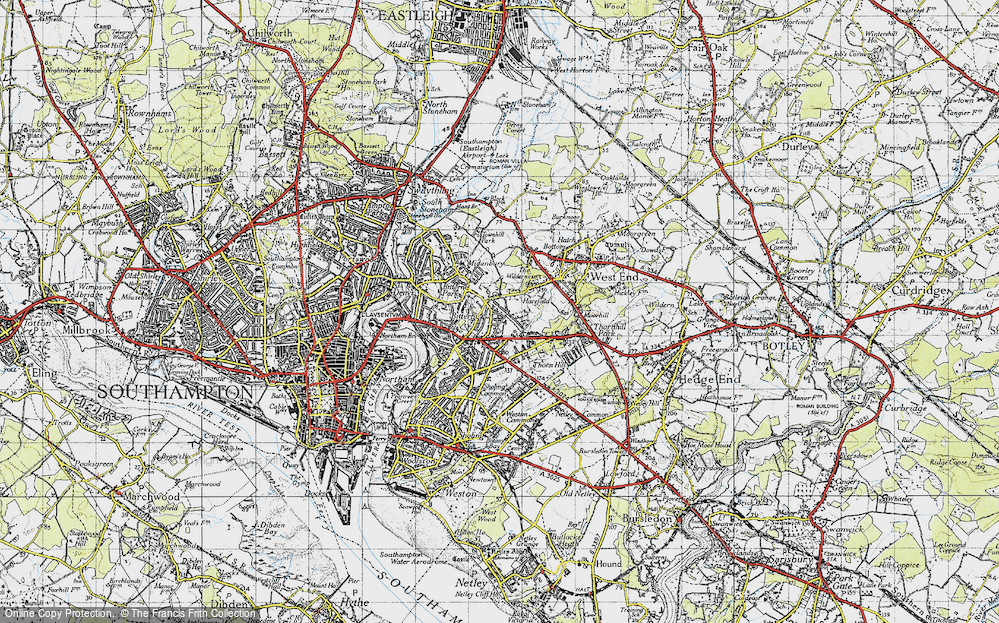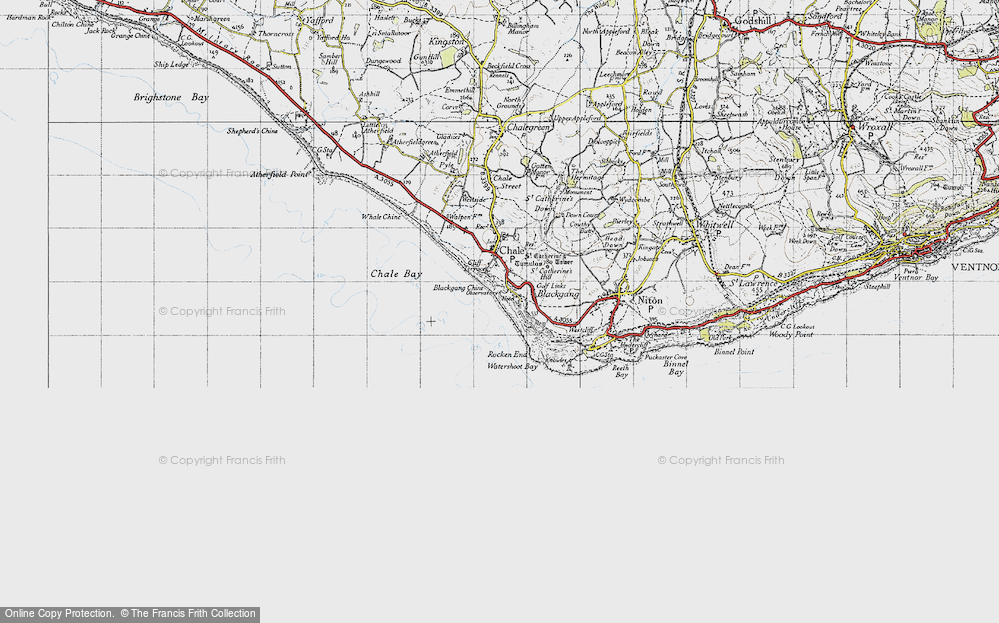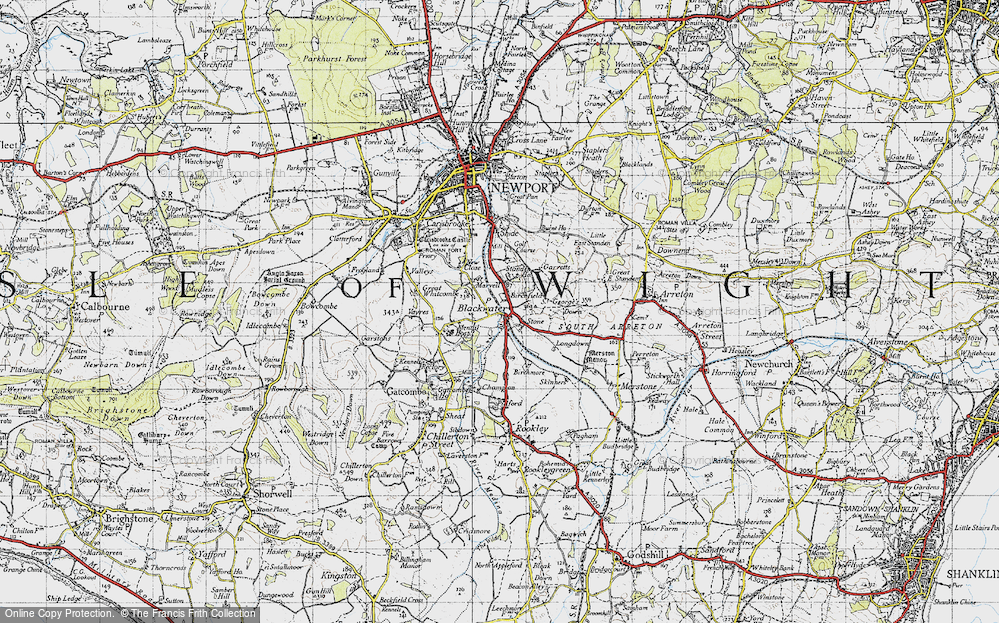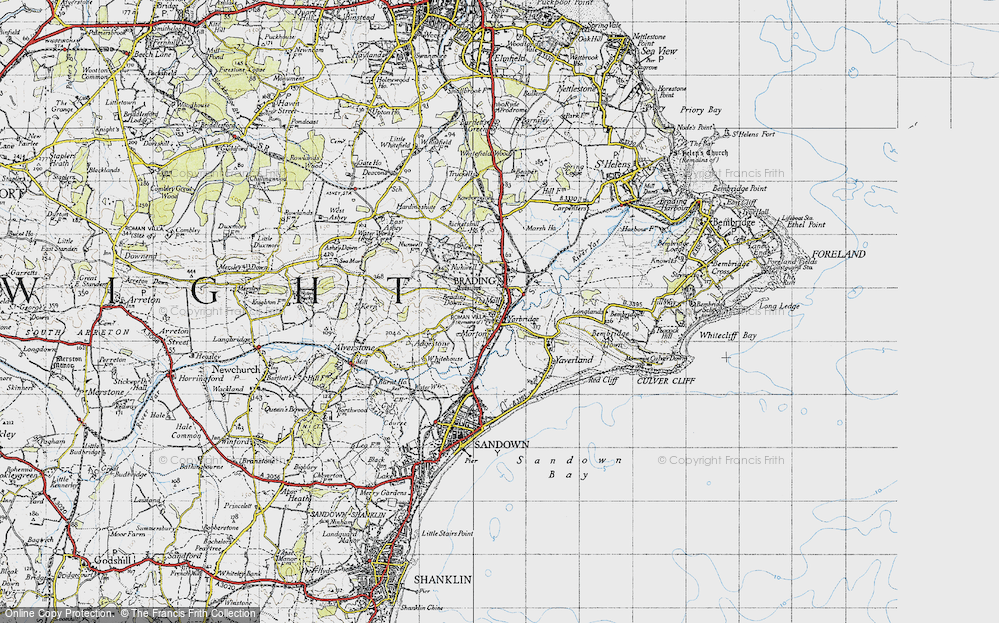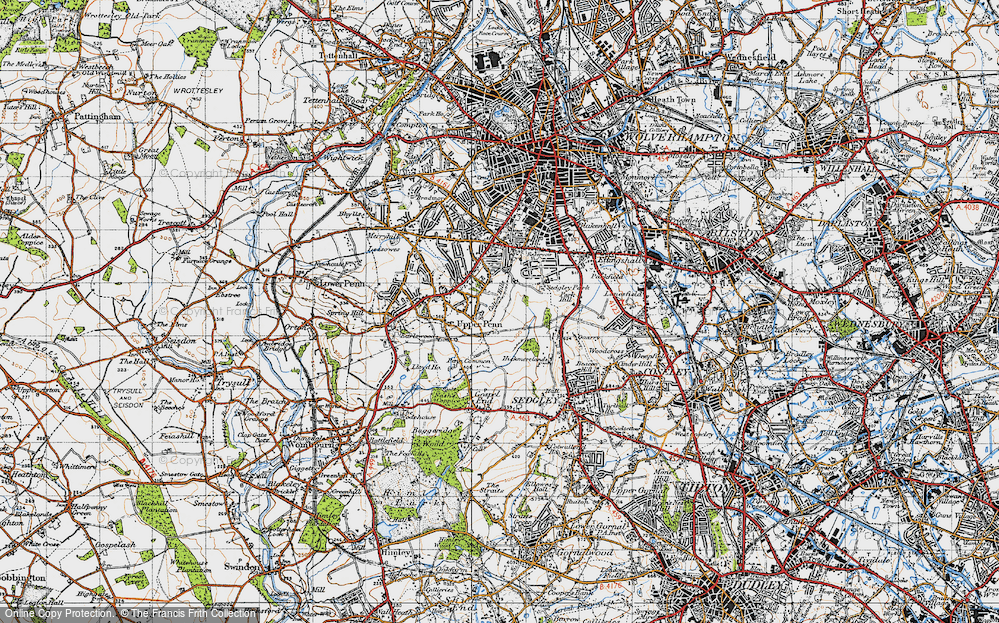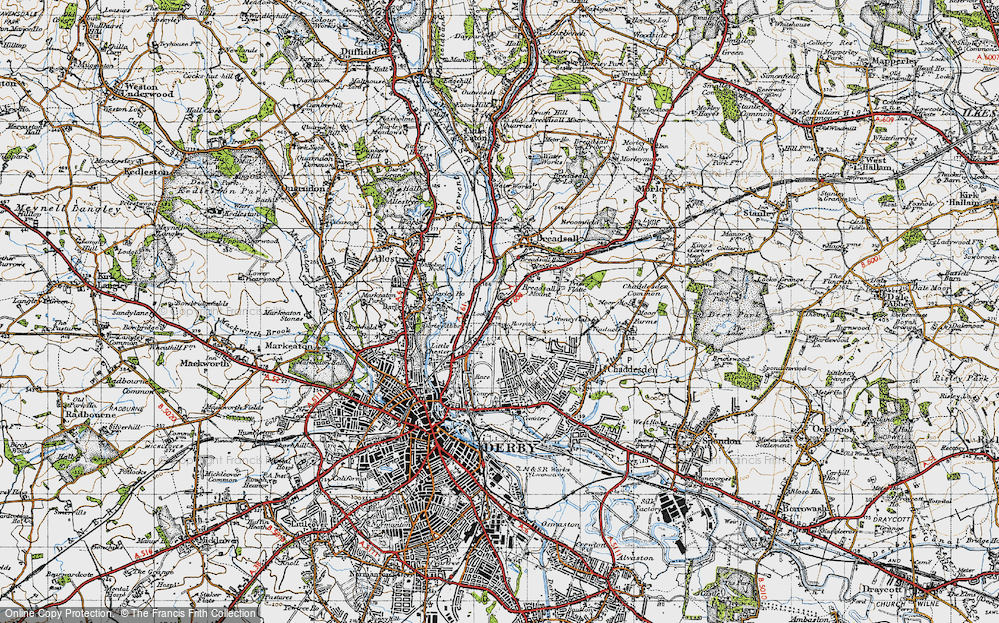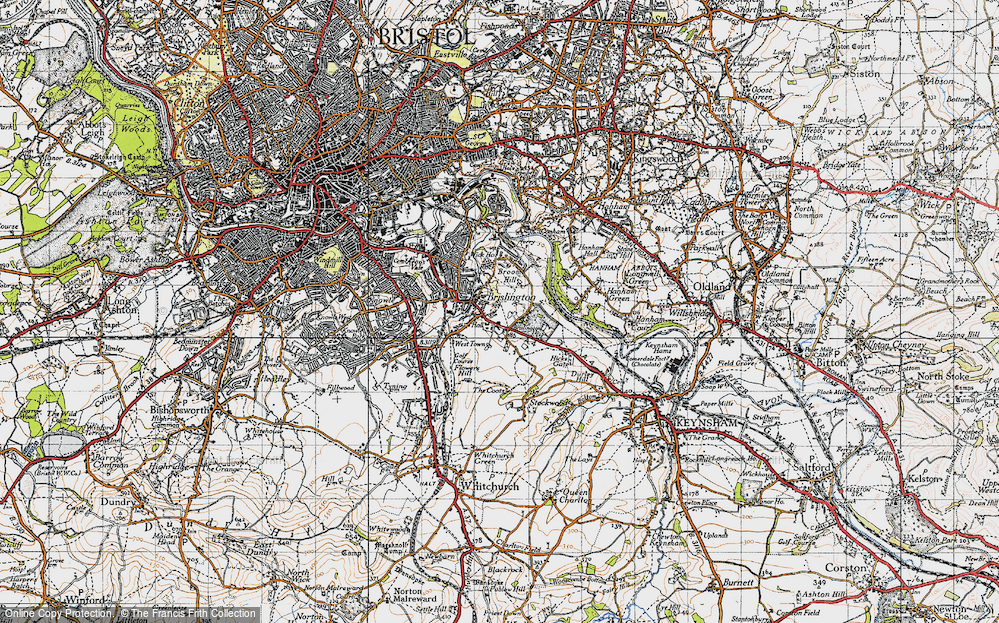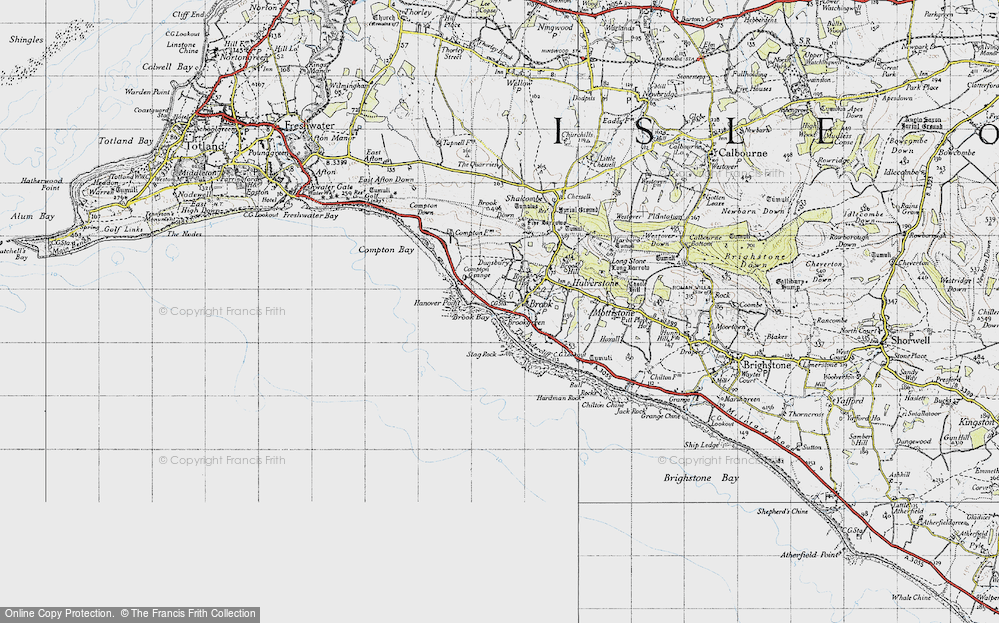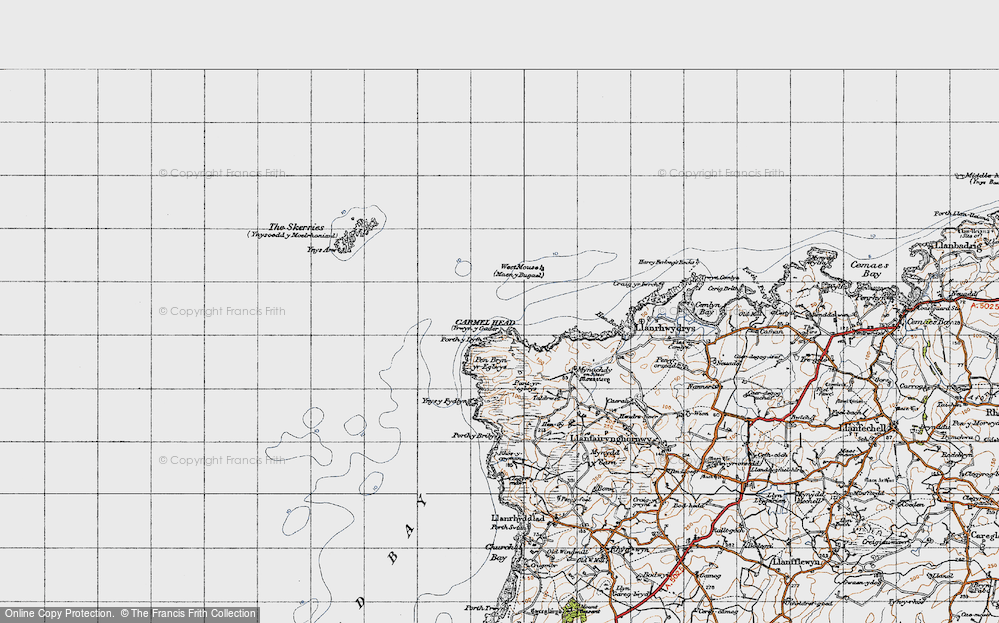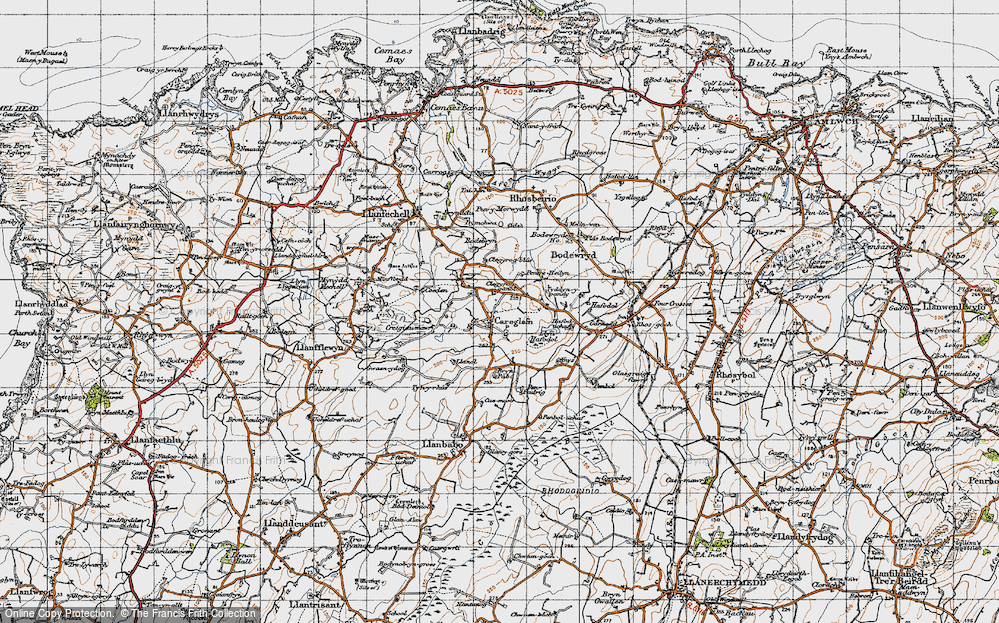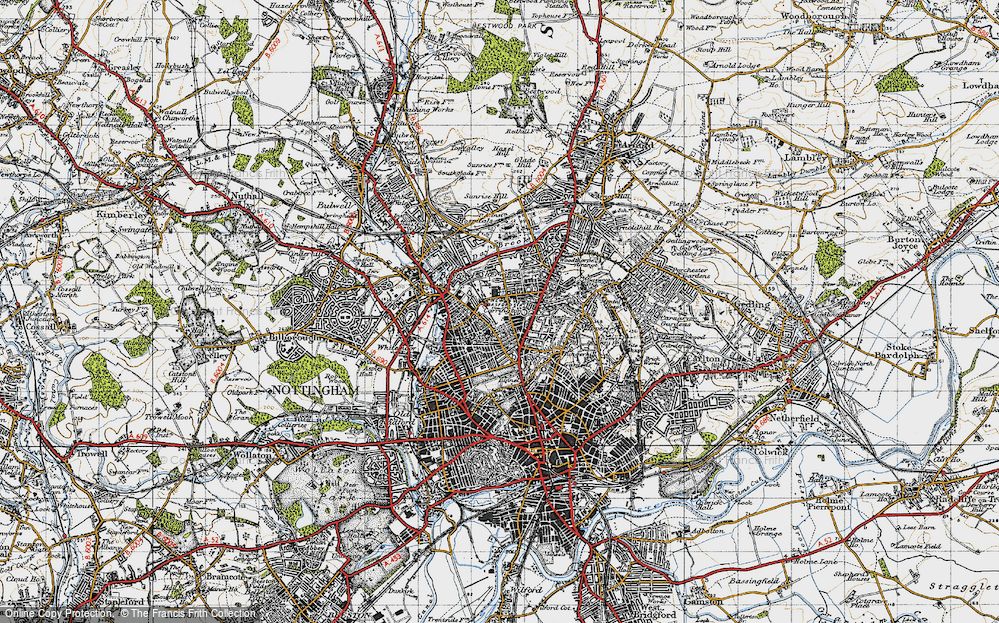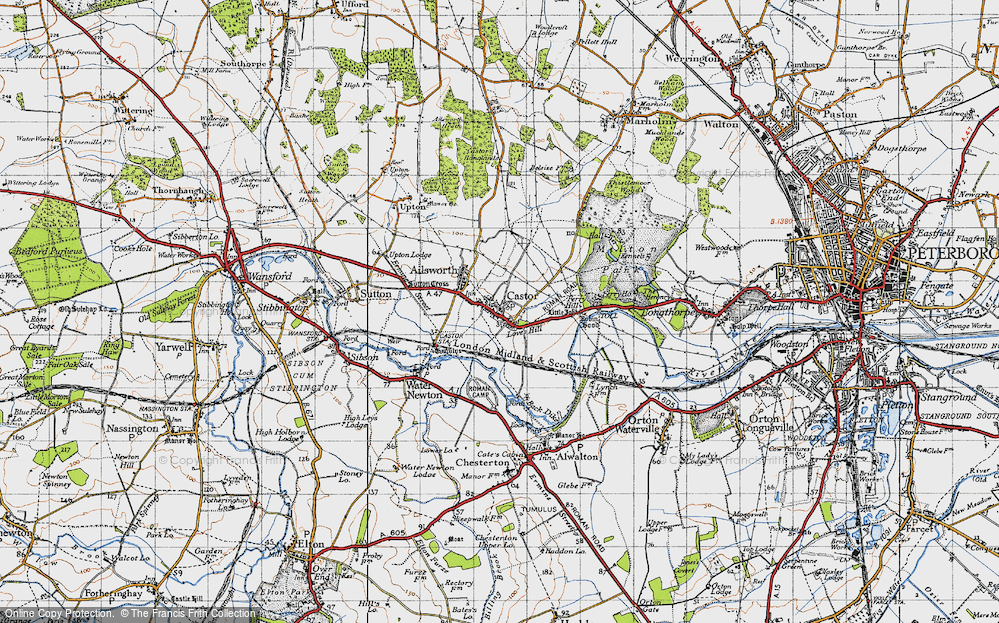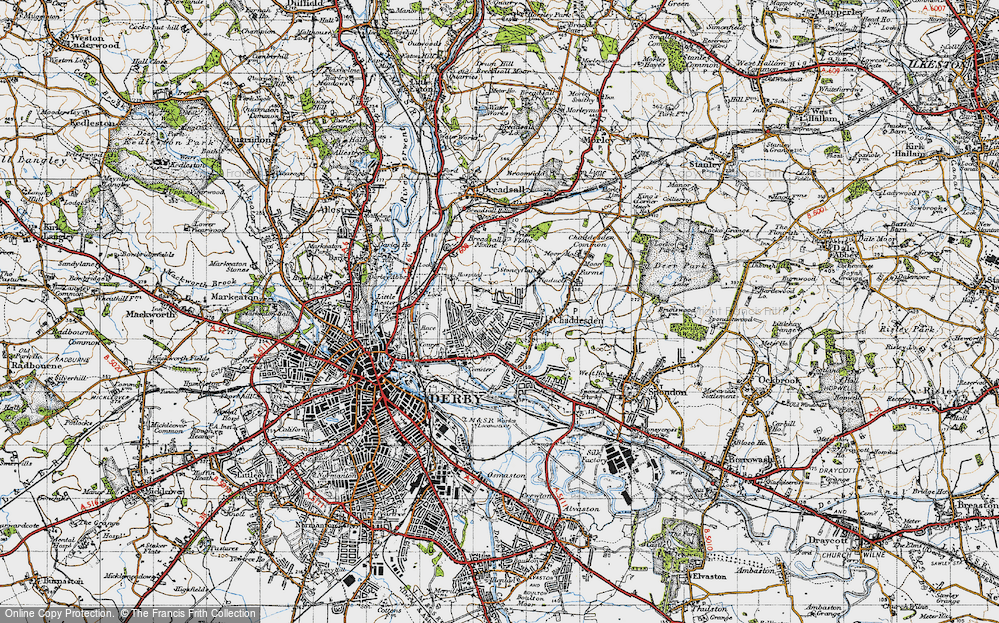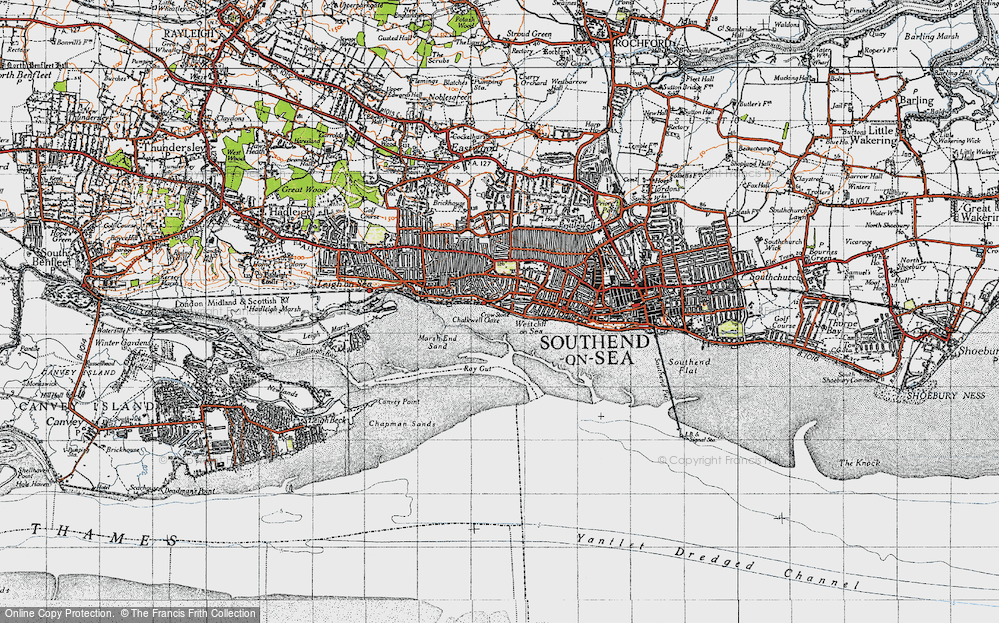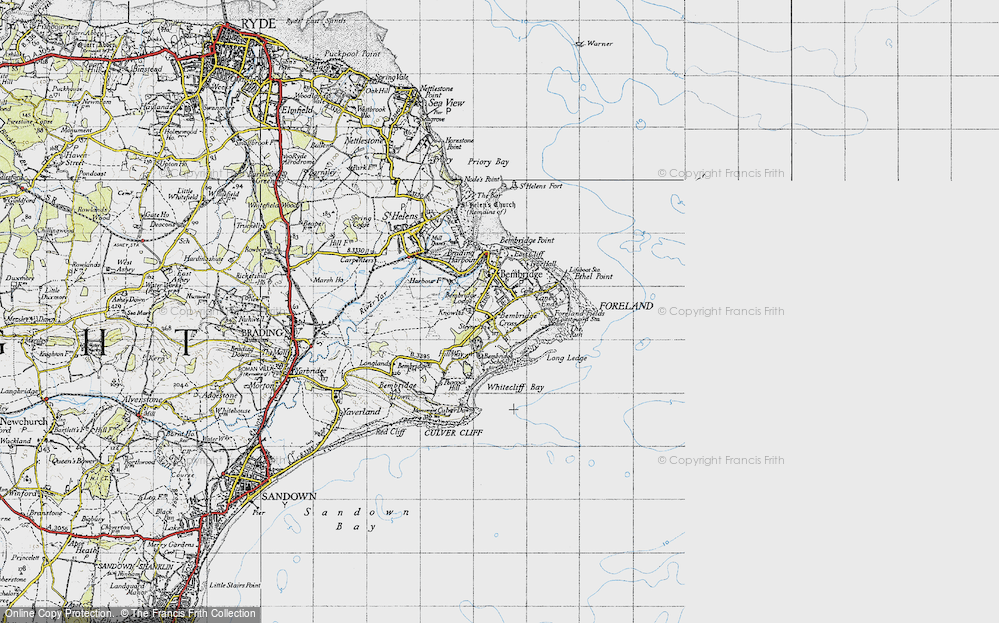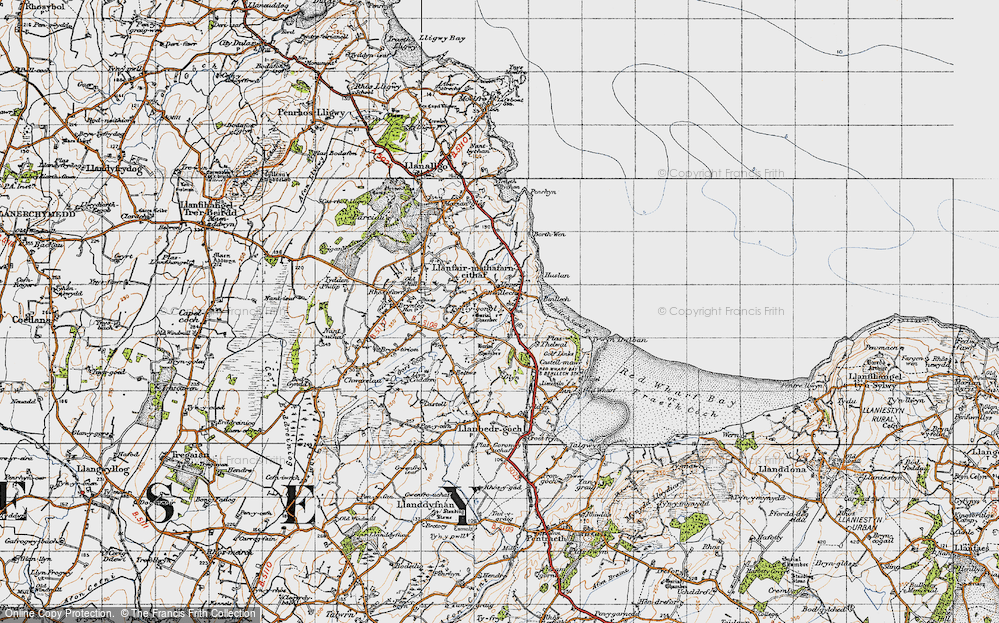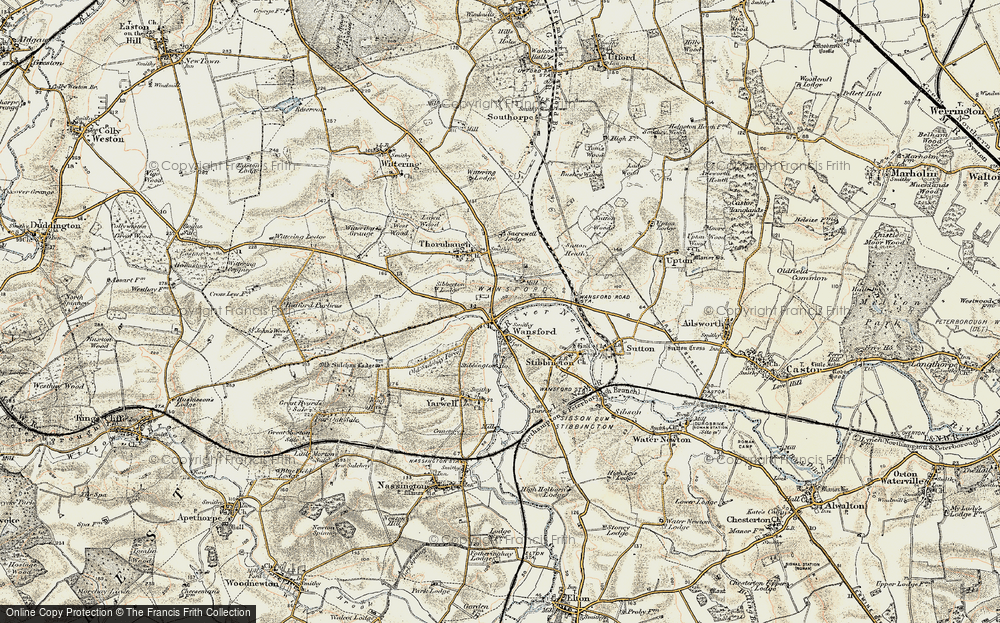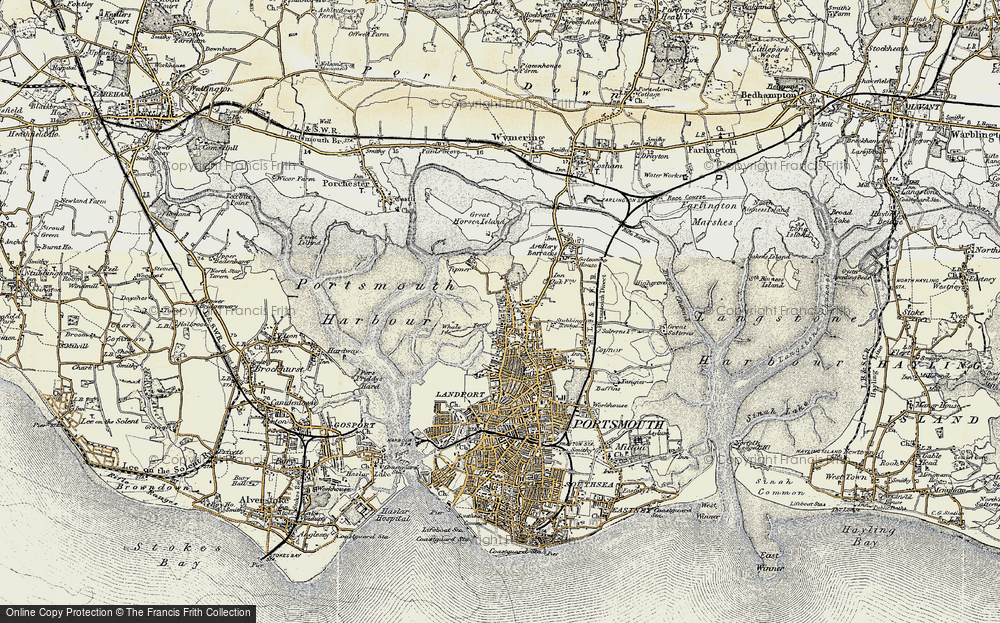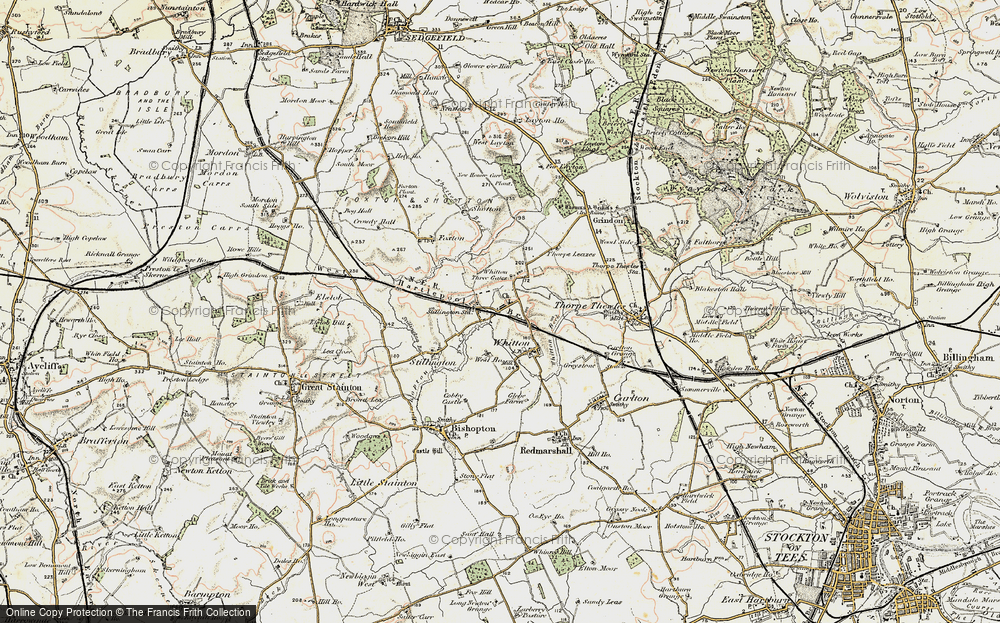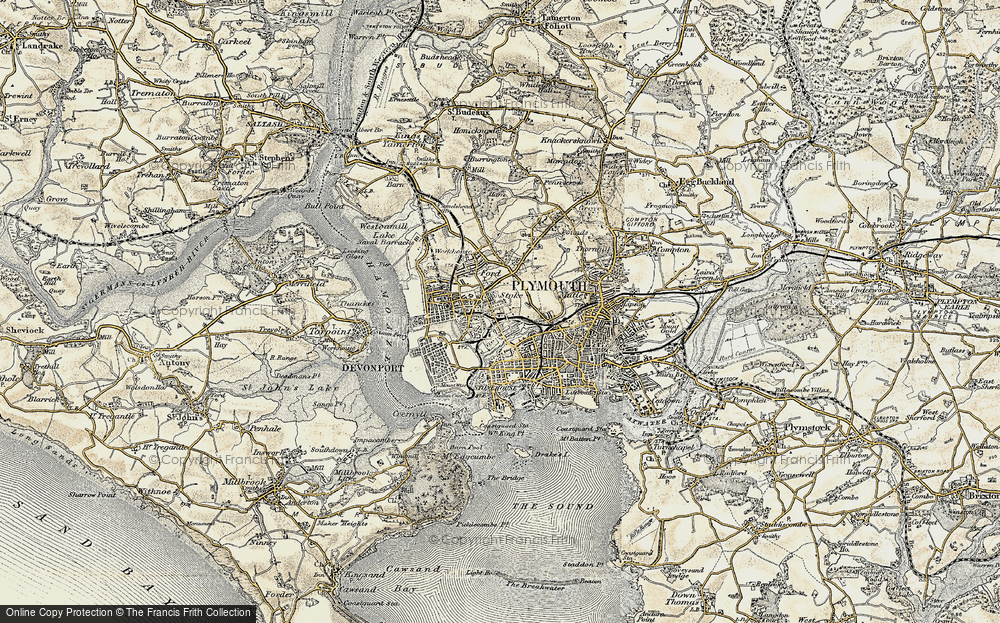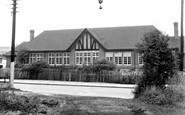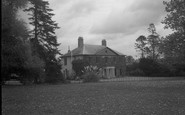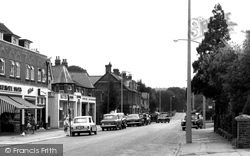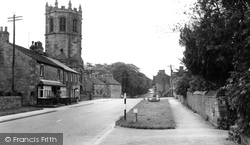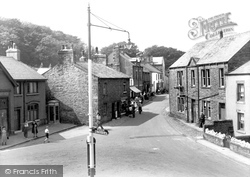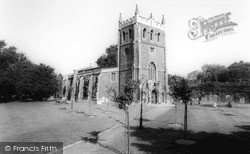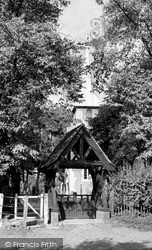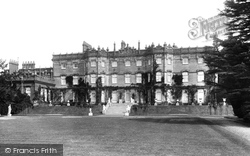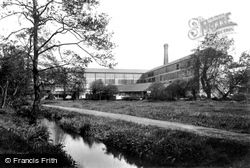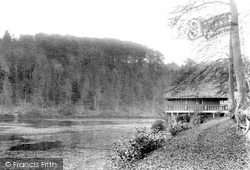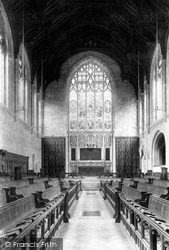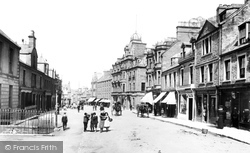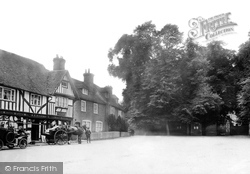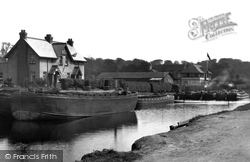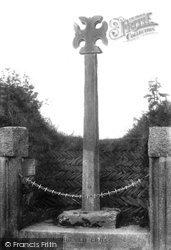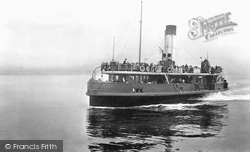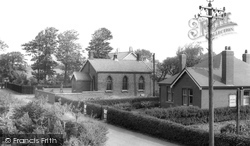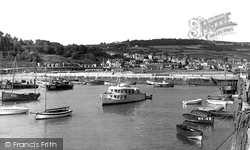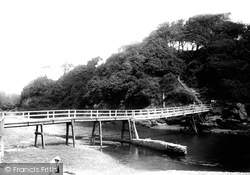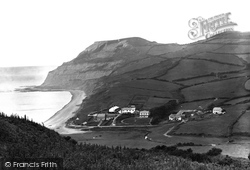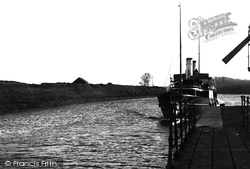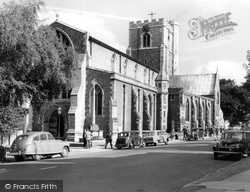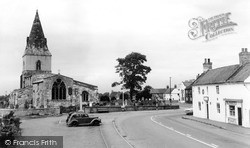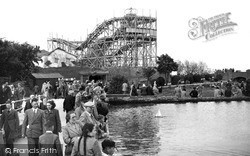Places
Sorry, no places were found that related to your search.
Photos
Sorry, no photos were found that related to your search.
Maps
7,034 maps found.
Books
163 books found. Showing results 1,561 to 1,584.
Memories
22,897 memories found. Showing results 651 to 660.
School!
Memory of the hated Catholic school I was sent to, me being one of three Church of England girls, meant I was treated like an outcast! Beautiful house, and grounds, I learnt to ride there, it was my only way to get away ...Read more
A memory of Denford Park (Training Coll) in 1958 by
Boyhood Memories From 1952
It was around this time that the tram lines were taken up from Sunderland Road in Gateshead. The men stored the old lines in Somerset Street and Devonshire Street. As boys we would dig up the tar from around the ...Read more
A memory of Gateshead in 1952 by
Lightning Strikes
This is August 1953, I was 10. We were playing cricket on the clay field with some older lads, the stumps were iron and came from Spencers steel works which was nearby and stuff like this was easily got. Anyway I remember it was ...Read more
A memory of Newburn in 1953 by
Family History
It was a very sad day when Laindon School closed and even worse when it was demolished. I have fond memories of my days at Laindon, I joined when Mr Chadband was head, and made many friends there. Apart from attending myself I was ...Read more
A memory of Laindon by
Hyde End House
I was at school (Lindfield) in this fine old Georgian building from 1947-1951 and spent many happy hours playing in the extensive grounds and old outbuildings and stables. One year our dormitory was above the stable block where the ...Read more
A memory of Brimpton in 1947 by
Childhood Memories From 1949
I was born in Hubert Terrace which ran off Bank Street and along to Cuthbert Street. Further down was School Street and Marian Street which ran along to Derwentwater Road, and on Derwentwater Road was Lady Vernon ...Read more
A memory of Gateshead by
Swimming Above Stepping Stones Weir At Bothal
Our Mam being an Ashington lassie, we returned to her birthplace when Mam divorced my father who she met before the Second World War - that was when Mam was in London and working in 'service'. We were ...Read more
A memory of Bothal in 1949 by
Childhood Memories Great Bardfield 1969
My late parents were the landlord and landlady of the Vine public house. I was just coming into teenage years. Friends came from the base who lived in the village. The pub itself was refurbished in ...Read more
A memory of Great Bardfield in 1969 by
Looking Back To The Early Days
I was born in rented 'rooms' at Wordsworth Road in 1936 and came to move with my parents to five different addresses at Easington before I moved away from the area, when I married in 1963. But although my ...Read more
A memory of Easington Colliery in 1900 by
My Uncles Grave
This isnt really a memory as such but I'm after some help if anyone can. My uncle died before I was born and he was buried in Worfield. I know from my aunty that he isn't buried in the main graveyard but further up the hill, in a ...Read more
A memory of Worfield in 1960 by
Your search returned a large number of results. Please try to refine your search further.
Captions
9,654 captions found. Showing results 1,561 to 1,584.
Broadstone is named after Broadstone Farm, which in turn took its name from broad stones spanning a stream. One is outside the Stepping Stones pub.
St Margaret's church and the village lie in the Lune Valley, 9 miles from Lancaster.
We are at the top of Main Street, looking back down through the village from the bus station.
The church of St John the Baptist at Royston was originally part of the 13th-century priory. At the Dissolution, the nave was demolished and the western arch of the tower was filled in.
Except in this enclave, it is difficult to imagine that Kingsbury did not originate in the 1930s as part of the engulfing suburban sea.
Arthur Vernon, Architect and Mayor The career of Arthur Vernon, architect and JP, born in 1846, is a good example of Wycombe's new class of industrialists and professionals.
Perhaps originally because of the ready availability locally of oak bark (which is rich in tannin, and produces the best quality leather, though slowly) the curing of leather kept many in work.
This boathouse in the Swiss Chalet style was once one of three boathouses at Longford's Lake.
As might be expected of the world's most famous English public school, Eton College chapels have a host of stories to tell about their early days.
On his retreat north in 1745, Prince Charles Edward Stuart held a council of war in Crieff at the Drummond Arms.
Both horse and cart and motor car are parked outside Wealden Hall House; at the time of the photograph it was trading as the Post Office, and advertising itself as selling 'Drapery, Outfitting, Grocery
For those who could not join the Belfast Boat Club, with its tennis court and long tea-room, there was still the canal to be discovered at Stranmillis.
The top part of the cross was discovered in the 19th century at Tresmarrow Farm, and was put in the town museum.
As there were two separate corporations running their parts of the ferry system, you could tell the corporation the boats belonged to by the funnel colours.
The land here on the corner of Paul's Lane and Sandy Lane was purchased for nine pounds in 1870.
Beyond are Langmoor Gardens and the Bay Private Hotel on Marine Parade. The wooded skyline above the town extends from Rhode Barton and Thistle Hill to Penn Hill and Timber Hill.
The Town Hall and the Market Hall stand out at the centre; the large building to the right of the Market Hall is Samuel H Facey & Son's brewery, which opened in 1862.
Alma Bridge spans the Sid at the point just before the river tumbles across a pebbled ridge into the sea.
This is the classic view of Golden Cap (centre), literally gold when its sandy top catches the sun; at 618ft above sea level it is the highest cliff on the south coast.
Work began on the canal in 1887, and at its peak 97 steam excavators, 174 locomotives, 6,300 trucks, 194 cranes, 212 steam pumps, 59 pile engines, 196 horses and 16,000 navvies were involved.
The parish church of St Peter, which dates from before 1222, was built on the site of part of the old St John's Chapel at the side of the Roman Akeman Street.
Moving on to the far north-east corner of the county, we reach Misterton.
At the time of this photograph, the fun fair belonged to Billy Butlin, and the Figure 8 was an exciting ride fifty years ago.
It was already happening in the 1980s, when Royal Mail cleared the wharves on the south side of the river at Kingston and developed the largest mechanised letter office in the United Kingdom.
Places (0)
Photos (0)
Memories (22897)
Books (163)
Maps (7034)


